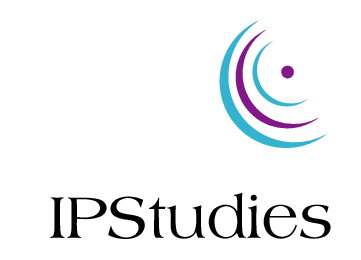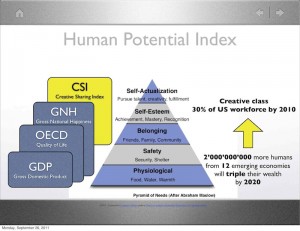In the last two decades, patent analytics methods have been developed, initially in the field of econometrics to measure R&D and technology innovation performance in different industry sectors and at national level, and now also at the corporate level, as they enable to better:
- Scope internal R&D projects as well as open innovation collaborations, by formally identifying the technological differentiation of internal background assets but also the most suitable partners and suppliers in terms of the robustness and complementarity of their protected know-how compared to internal assets;
- Identify and evaluate merger and acquisition targets in support to an external corporate growth strategy;
- Identify and develop additional revenue opportunities from licensing agreements and technology transfers, as an extra direct return from former intellectual property development and protection investments.
In parallel, a number of economists are proposing new models and gathering experimental evidence on the application of emerging patent analytics to the fundamental analysis of a technology company’s value. This approach aims at better capturing the 70% to 80% ratio of stock valuation that is now attributable to intangible assets, a large part of which are formalized into significant patent portfolios in the case of high-tech companies. Better analysis of the latter assets is required to help both institutional and private investors select their value investment to secure mid-long term sustainable dividends beyond the short-term speculation profits derived from pure technical analysis of accounting and financial data. Continue reading →

